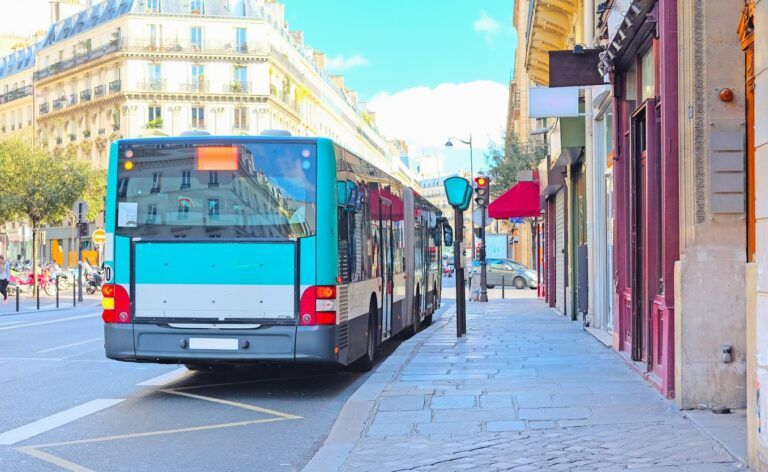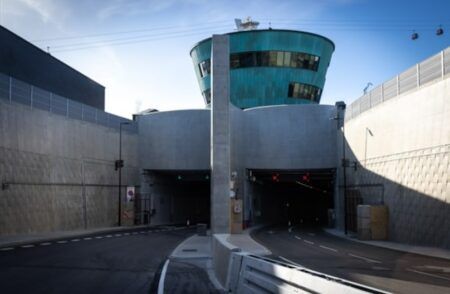Mobility data platform provider Vianova is partnering with the French public transport operator RATP to use historical insights and analytics to better understand curb activities with the aim of preventing bus lane congestion and transforming curb usage in Paris.
Within Paris RATP is tasked with covering 355 different bus routes and 4,700 vehicles. The operator is currently experimenting with smart cameras and sensors positioned on its buses, which can carry out vehicle detection in real-time.
The generated data is now fed back to Vianova’s platform, allowing the RATP team to easily visualize and capture insights on curb usage which can benefit key stakeholders to inform policy and planning.
Vianova’s mobility analytics software leverages data from one million+ connected vehicles every day to provide partners with the “most advanced geo-intelligence of its kind,” the firm noted. Policymakers, transport and urban planners, consulting firms, data scientists and more can use this data to gain valuable insights and analytics, not only about their own services but through shared, collaborative insights accessible using Vianova’s Data Exchange.
The Vianova/RATP project builds on work RATP conducted with the Massachusetts Institute of Technology (MIT) on curb management, using AI cameras on board to analyze road users.
This partnership demonstrated the potential to better understand curb use and improve traffic flows in cities, by making public transport vehicles become smarter and capture real-world information as they run their services. For Vianova, this enables the platform to analyze and combine data from multiple different sources and mix different location datasets and transform them into actionable insights.
This also marks the first time Vianova is partnering with RATP, following its corporate venture arm, RATP Capital Innovation’s investment in the startup’s seed round in 2020.
Thibault Castagne, co-founder and CEO at Vianova, said, “Buses are an integral part of any city’s public transport infrastructure and cover an important portion of the street network. We’re delighted to be working with RATP to analyze real-time data from smart sensors to understand more about congestion in bus lanes and drive more effective decision-making. This is exactly the kind of challenge Vianova was built to solve, and we look forward to seeing the solutions Vianova helps the RATP team implement in Paris.”
Pauline Baudry, urban ecosystem program manager at RATP, added, “At RATP, we aim to leverage our expertise and unique presence on urban territories to respond to cities’ challenges. By using technology, we can produce insights on the dynamics of the city. Working with Vianova enables us to analyze and visualize data in an impactful way, revealing insightful patterns of mobility and curb usage.”





